Ho Chi Minh City Mrs. Hau, 50 years old, tore three main ligaments of her knee joint after a traffic accident. The doctor took tendons from other locations to reconstruct and restore movement.
Mrs. Ho Thi Truc Hau had an accident a month ago, injured her knee but taking medicine did not help. The pain in her right leg was worse, clearly weak, and her knee shifted to one side every time she walked.
On October 15, Master, Doctor, Specialist I Ho Van Duy An, Orthopedic Trauma Center, Tam Anh General Hospital, Ho Chi Minh City, said that the patient suffered multiple injuries including self-dislocation of the knee, multiple ligament rupture, lateral meniscus injury, and severe knee effusion.
"The patient's condition is serious and rare when three of the four main ligaments, the anterior, posterior, and medial cruciate ligaments, are torn at the same time," said Dr. An. When one of the main ligaments that control knee joint movement is stretched or torn, the knee is damaged, causing swelling, pain, and limited mobility.
Knee dislocations can be treated easily with manipulation, but meniscal injuries and ligament ruptures are challenging. Because the injury was discovered late, doctors could not reconnect the ligaments for Mrs. Hau but had to reconstruct the ligaments. The anterior cruciate ligament and the medial collateral ligament were reconstructed with the same graft of a part of the superficial quadriceps tendon. The posterior cruciate ligament was reconstructed with a graft of the peroneus longus tendon. Dr. An said that the tendon removal sites for Mrs. Hau's ligament reconstruction have been shown in many studies to have little effect on the function of the joint and the walking function of the lower limbs.
The ligaments are reconstructed using the All-inside technique to achieve the largest size that matches the anatomy of the natural ligament. The doctor uses an endoscope to fix the tendons and bones with super-durable sutures, suspension devices and screws, minimizing the risk of infection. The patient has less pain during and after surgery, speeding up the recovery process.
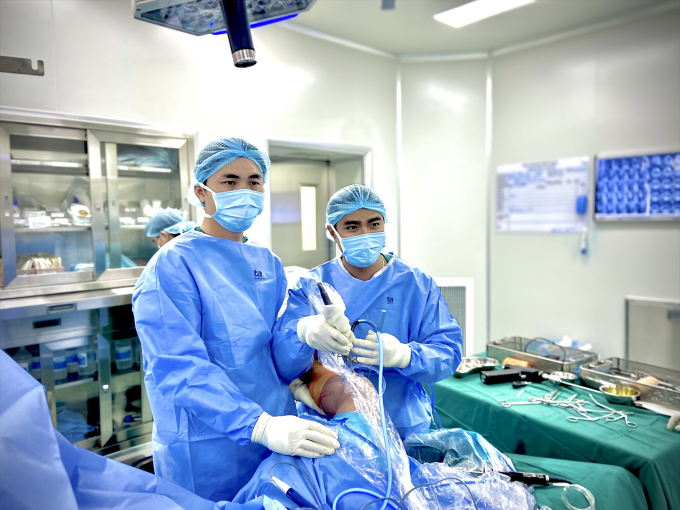
Doctor An (right) during a knee surgery. Photo: Tam Anh General Hospital
The patient also suffered a ruptured lateral meniscus root, causing the meniscus (the C-shaped cartilage in the knee) to flip forward. If not treated promptly, meniscus damage can lead to complications such as early knee osteoarthritis, quadriceps atrophy, etc.
With the patient's injuries, the doctor decided to create a tunnel through the bone, through which to reattach the meniscus root. This is a complex technique but helps maintain the function of the meniscus, reducing the risk of osteoarthritis.
All the injuries were treated simultaneously in a two-hour surgery. Two days after the surgery, her pain was significantly reduced, she could walk easily, her knees felt stronger, and she could bend and stretch her legs. After three days, she was discharged from the hospital, and it is expected that after 1-2 months she will be able to walk on her own without crutches.
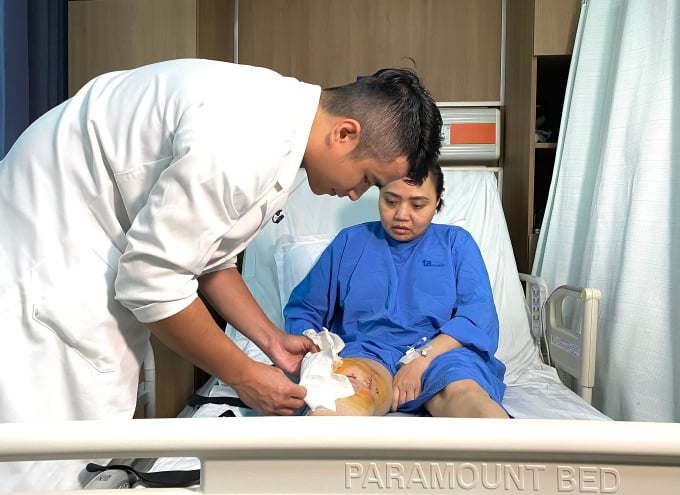
Doctor An checks Mrs. Hau's incision two days after surgery. Photo: Tam Anh General Hospital
Doctor An recommends that injured people should quickly go to a specialist for timely examination, to avoid missing the "golden" time for treatment.
Phi Hong
Source link










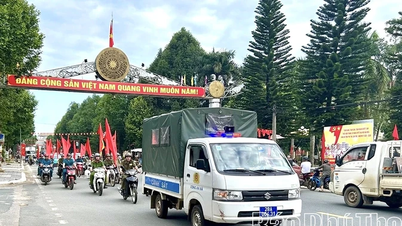





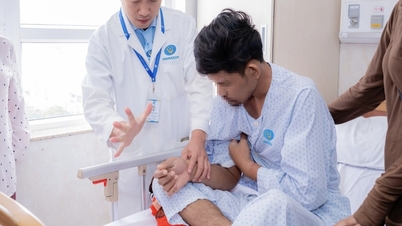




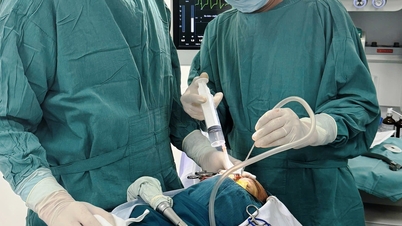


























































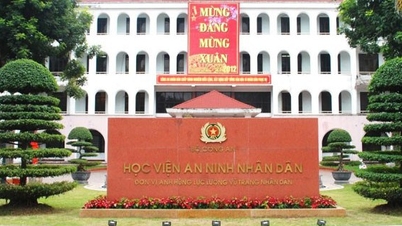

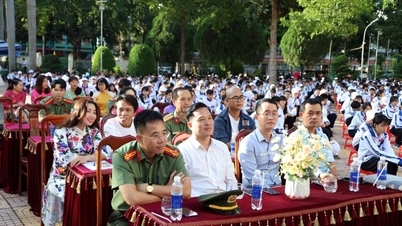






















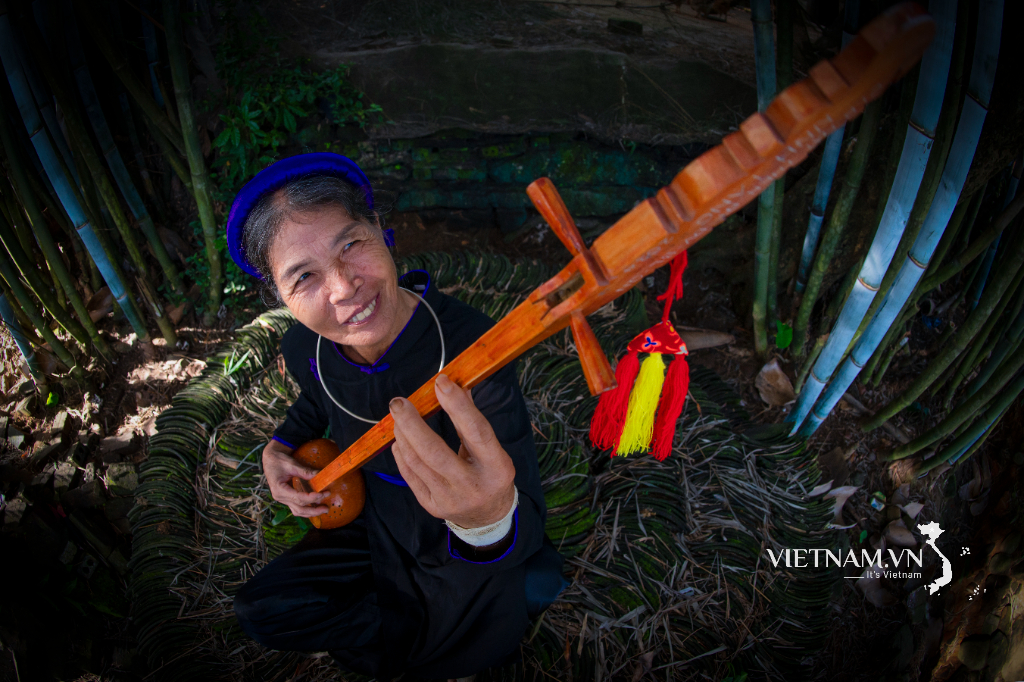
Comment (0)